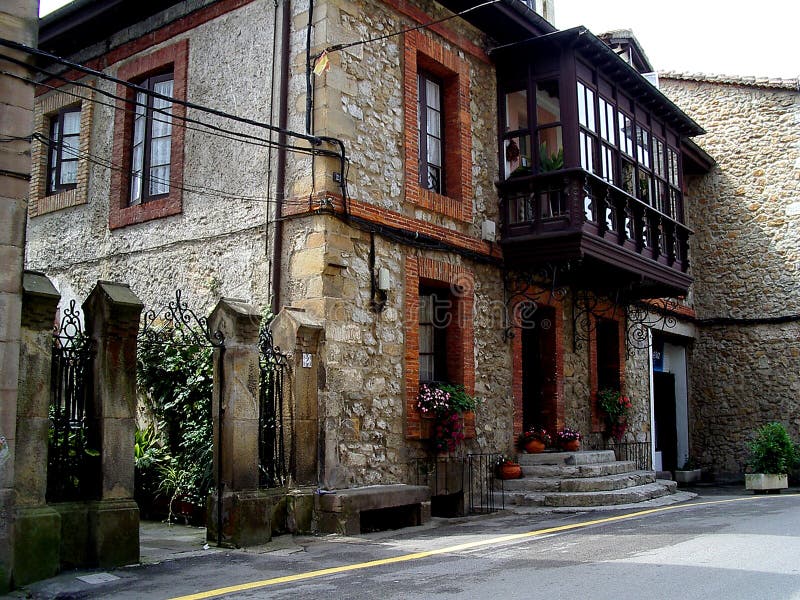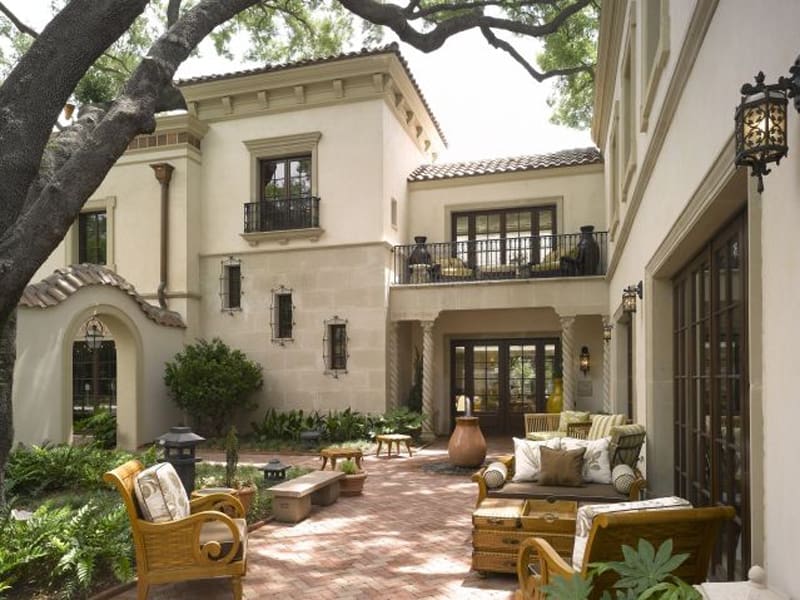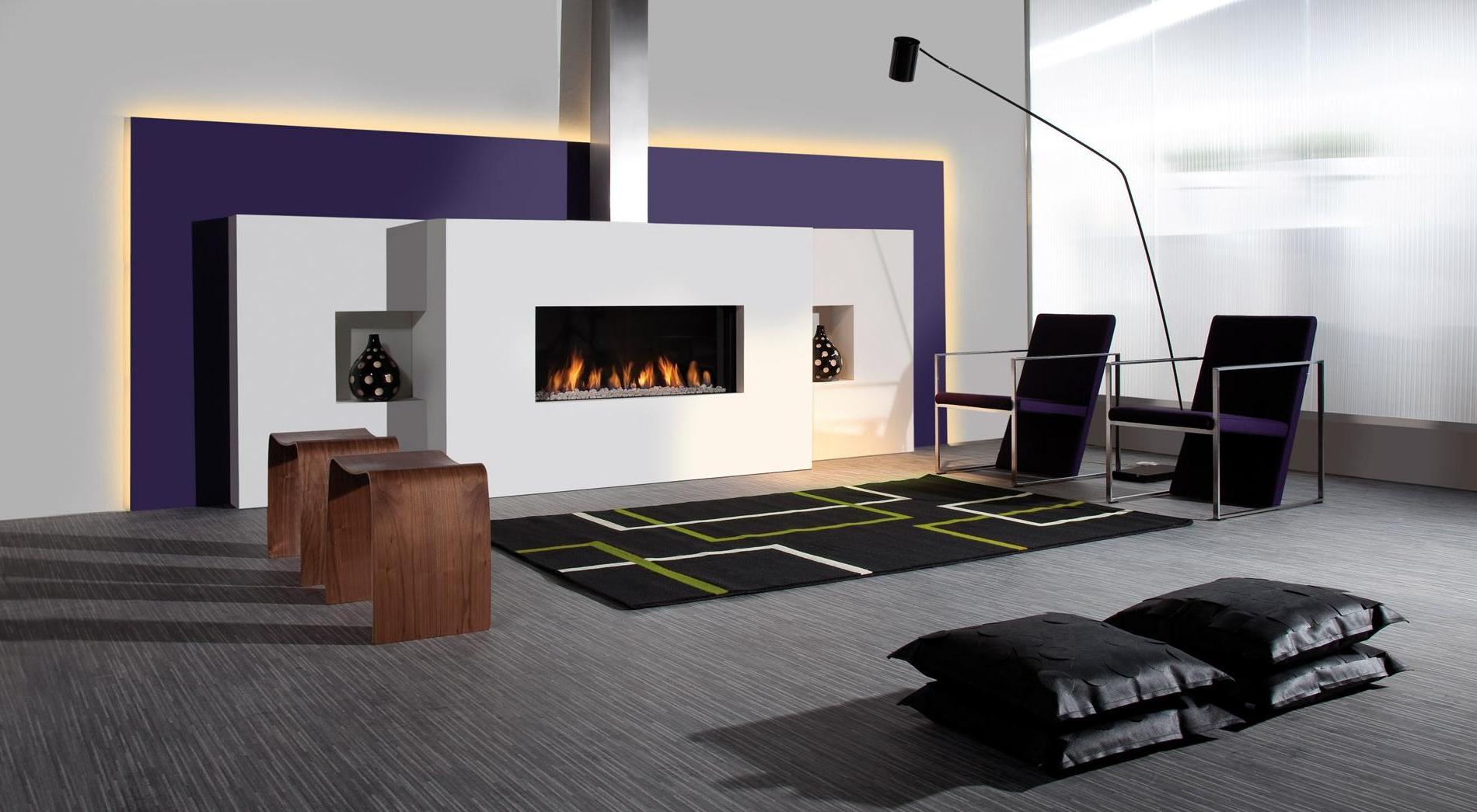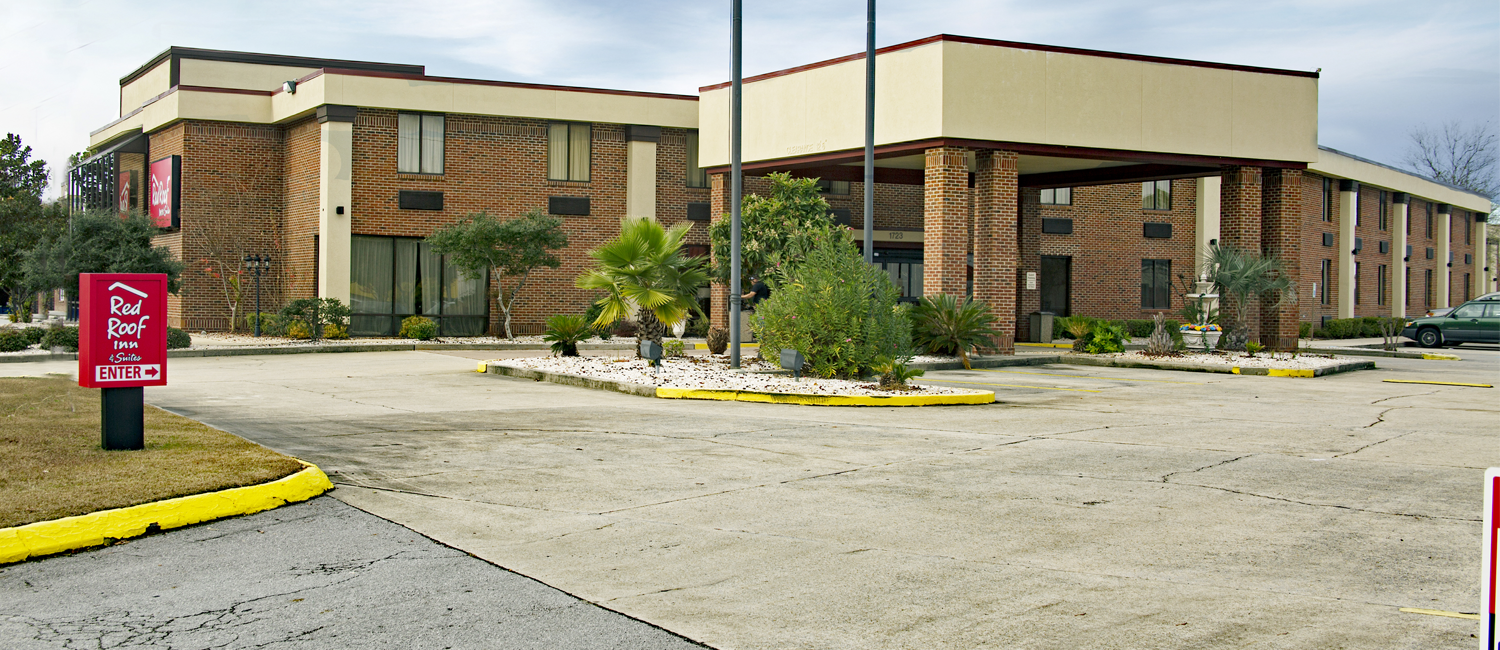Table Of Content

Generally speaking, people will use SER with adjectives to describe things or people, e.g. The examples in the picture also make use of other verbs that are very useful when talking about the house, such as HABER, TENER and ESTAR. In Spanish, “casa” can also be used to describe a home, emphasizing the emotional and personal aspects of the place where one lives. It goes beyond the physical structure and incorporates the idea of a safe and comforting environment. When someone refers to their “casa,” they are not only talking about the physical building but also the sense of belonging and family that it represents.
thoughts on “Describing a House in Spanish: SER + Adjectives”
Whether it’s a small cottage or a grand mansion, “casa” encompasses the idea of a place where people live, sleep, and carry out their daily activities. It refers to the walls, roof, and rooms that make up a dwelling. When discussing the broader concept of “housing” in Spanish, we commonly use the term “vivienda”. This term encompasses all types of housing, from apartments and houses to condominiums and townhouses. It refers to the physical structures that provide shelter and a place to live. When we talk about the concept of a “household” in Spanish, we use the term “hogar”.
More Kitchen Vocabulary
The term “housewarming” in Spanish is translated as “fiesta de inauguración”. This phrase refers to a celebration or gathering that takes place when someone moves into a new home. It’s a way for friends, family, and neighbors to welcome the new residents and wish them well in their new abode. Allow our Los Angeles real estate experts to guide you in purchasing your new Spanish property or the sale of your current residence. As local real estate agents, we have insider knowledge on the dynamics unique to Los Angeles Spanish real estate. Check the current listing status and the local Los Angeles Spanish property tax information.

PUBLIC BUILDING
Certain information contained herein is derived from information which is the licensed property of, and copyrighted by, MLSListings Inc. The viewer acknowledges ownership and validity of its copyright. Information provided is for personal, non-commercial use by a viewer with a bona fide interest in the purchase or sale of real estate of the type being offered via this website or other electronic means. The viewer is prohibited from copying, redistributing or retransmitting any of the data or information provided by MLSListing, Inc.
Spanish idioms with the word HOUSE
Additionally, the celebration of a “fiesta de inauguración” and the role of a “housekeeper” further enrich our understanding of the various aspects of a house. So, as you delve deeper into your Spanish language journey, remember to explore these related words and phrases to enhance your linguistic knowledge. One of the most common translations of “house” in Spanish is “casa.” This term is widely used and refers to a physical building where people live.
Parts of the House in Spanish: Vocabulary Guide
Let’s start with the basics because, as we say in Spanish, you cannot start building a house at the roof. In the infographic below, you’ll learn the most important vocabulary of the house in Spanish and you can also learn their pronunciation by clicking on the speaker icon of each word. Having a housekeeper is common in many Spanish-speaking countries, especially for those who can afford the service.
Practice every day
The best part is that FluentU keeps track of the vocabulary that you’re learning, and gives you extra practice with difficult words. It'll even remind you when it’s time to review what you’ve learned. Every learner has a truly personalized experience, even if they’re learning with the same video. Their heyday was cut short by World War II, after which higher density apartment buildings became the preferred model. The term “household” refers to the people who live together in a house and share resources and responsibilities. In Spanish, the word for “household” is “hogar.” It encompasses the idea of a domestic unit, where individuals contribute to the functioning of the house and maintain a sense of unity.
Emma Stone Is Selling Her Charming L.A. Home for $4M – Inside the Property - Hollywood Reporter
Emma Stone Is Selling Her Charming L.A. Home for $4M – Inside the Property.
Posted: Sat, 13 Jan 2024 08:00:00 GMT [source]
Spanish Learning Websites
White uppers and subway tile with pale wood floors offer a light counterpoint—and offset the often overcast Northwest skies. Though huge at 385 square feet, the kitchen had too many doors, and the existing appliances were poorly placed, which squandered space. While original details are desirable, trying too hard to maintain them can amount to a foolish consistency. The kitchen of this 1900 Victorian in Portland, OR, had five doors taking up potential storage and workspace and a brick fireplace with a badly damaged chimney. To make matters worse, a 1990s renovation added an oddly angled island and a peninsula that blocked traffic.

Spanish House Vocabulary: 465 Words and Phrases for Everyday Use
The term “vivienda” is not only a translation for “house” but also a broader term that encompasses the concept of housing in general. It refers to the availability, quality, and accessibility of housing options within a society. “Vivienda” is often used in discussions about housing policies, affordability, and urban planning. The term “hogar” is often used to refer to a household in Spanish. It encompasses not only the physical space where a family lives but also the individuals who make up that unit.
He said Zóbel and his friends, some of whom were clandestine communists, were united by “a shared desire to create a free space with a library and with works of art where people could make the transition to modernity”. It is very common regular house description in Spanish, we will also find the verbs HAY and TENER to talk about the things in a room. Learn all the vocabulary in any video with FluentU’s robust learning engine. Swipe left or right to see more examples of the word you’re on. FluentU uses a natural approach that helps you ease into the Spanish language and culture over time.
Let’s start by learning some basic adjectives to describe a house in Spanish and the rooms in it. We could use many adjectives, but possibly the ones that best fit for house descriptions in Spanish are those shown in the image below, some of which can be used to describe the house in general or specific rooms, as shown in the examples at the bottom of the image. In marketing, it’s said that you have to see something seven times before you will buy it.
It was also short on cabinets and, due to a defunct chimney that ran beside it, had a super skinny pantry. A backlash against Victorian opulence, Craftsman architecture arose around 1905, continuing until about 1930. It is characterized by simple, sturdy forms that celebrate hand-craftsmanship, showcasing natural wood elements such as beams, trimwork, and built-ins, and an earth-tone palette. “It’s always a juggling act between an older home’s architecture, the clients’ personal taste, and how a modern family functions, then pulling it all together visually and structurally,” says designer Krisanna Sanders of Recast Homes. Her solution was to free up square footage, eliminate obstructions, and reposition appliances and fixtures in sensible ways for the homeowners, avid home cooks who entertain frequently. Ornate Victorian Revival style was fashionable between the mid-1800s and the early 1900s.
On April 18, the company and the Puig family detailed plans to raise about €2.6 billion ($2.8 billion) in an initial public offering that could give the group a market value of as much as €13.9 billion, according to terms seen by Bloomberg. Puig’s stock would be valued at between 11 and 15 times earnings, less than the 18 to 22 range for its more established peers L’Oreal and Estee Lauder, based on Bloomberg Intelligence analysis. The company plans to use the proceeds to refinance recent acquisitions, fund the growth of its brands and expand its portfolio. Based in a clutch of 15th-century houses overhanging a precipitous gorge in the small city of Cuenca, the Museo de Arte Abstracto Español, or Museum of Spanish Abstract Art, had a simple if daunting mission. As Manuel Fontán del Junco, the director of museums and exhibitions at the Juan March Foundation in Madrid and one of the curators of a new exhibition about the institution, puts it, “it was a museum for artists in a country of artists without museums”.




















